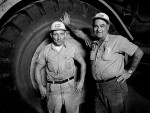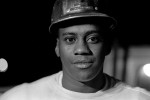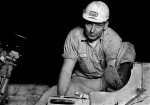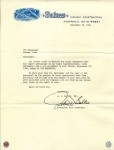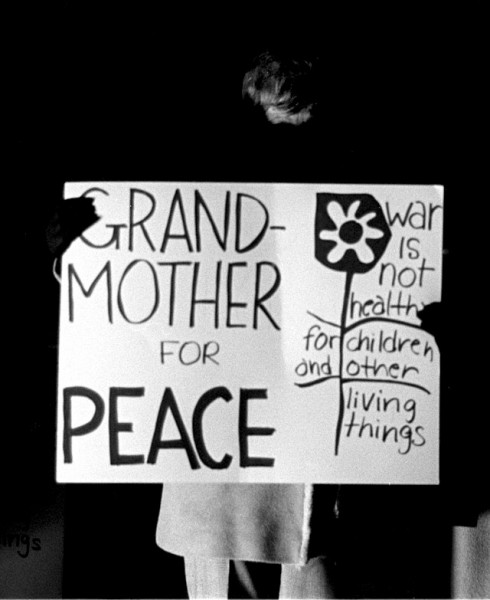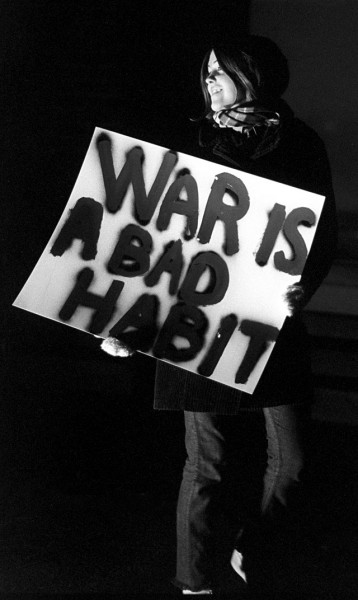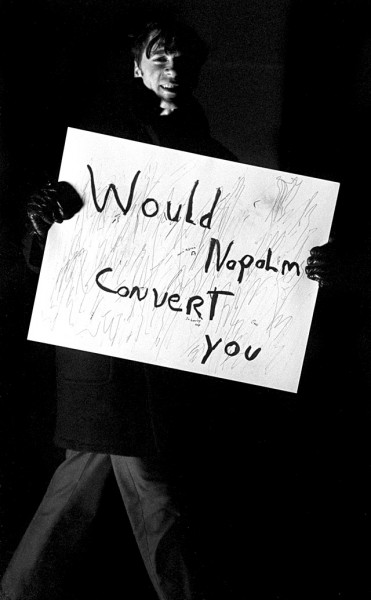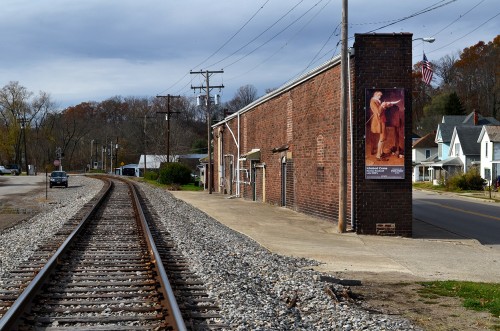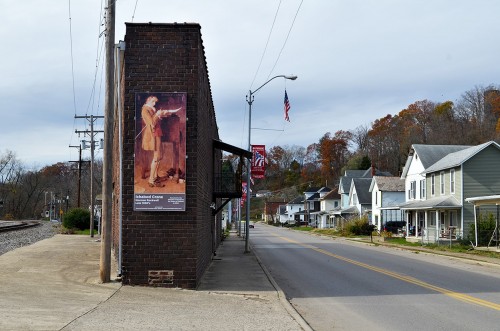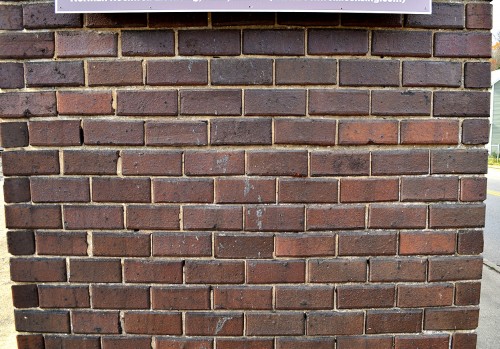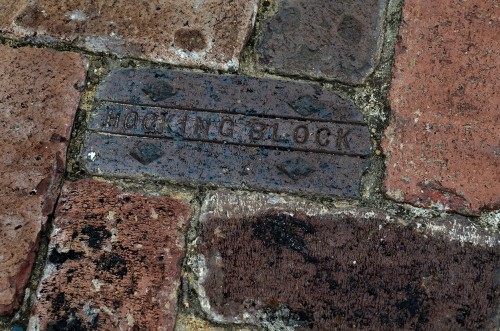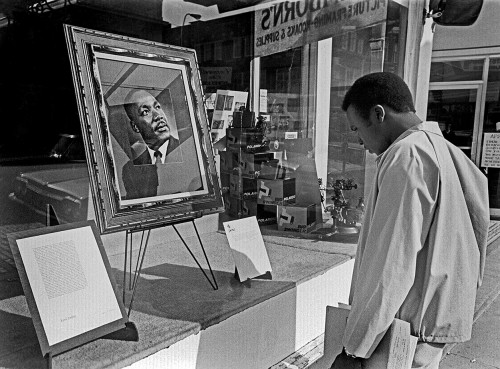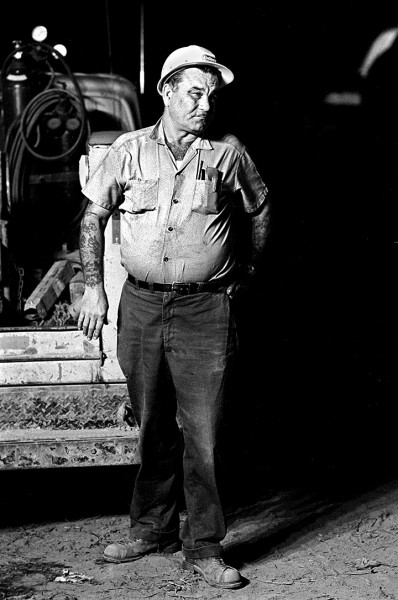 On September 19, 1968, I ran this photo and the following copy on an Athens Messenger Picture Page: Night Superintendent C.H. McClaskey is not-so-quietly changing the face of Southeastern Ohio while most of us are asleep. Tomorrow (that’s a sneaky way of letting you know that I’m running a two-fer) you’ll see how he and his crew manage to move 15,000 cubic yards of dirt a night at the Highway 33 construction site near Logan.
On September 19, 1968, I ran this photo and the following copy on an Athens Messenger Picture Page: Night Superintendent C.H. McClaskey is not-so-quietly changing the face of Southeastern Ohio while most of us are asleep. Tomorrow (that’s a sneaky way of letting you know that I’m running a two-fer) you’ll see how he and his crew manage to move 15,000 cubic yards of dirt a night at the Highway 33 construction site near Logan.
Maybe it’s because I grew up around construction, but I’ve always liked and felt comfortable around solid men like Superintendent McClaskey. I sense that you would NOT want to get on his bad side. Still, he and his crew seemed to have a good rapport.
Thirsty Dragons Prowl at Night
As promised, the next day’s layout showed night photos of the lights of the heavy-duty scrapers moving dirt from one place to another. I haven’t scanned that film, but I do have a few shots of the workmen. Click on any photo to make it larger, then use your arrow keys to move through the gallery.
The copy, under the headline, “Thirsty Dragons Prowl at Night,” read, Long before you get close to McClaskey’s giants, you can hear their deep-throated roars and see pairs of eyes cutting through the night. The rubber-tired dragons are thirsty beasts, gulping up over 38,000 gallons of fuel a week moving dirt for a new Highway 33.
It was nice of the executive vice president of the A.J. Baltes construction company to send me a letter after the pieces ran.

